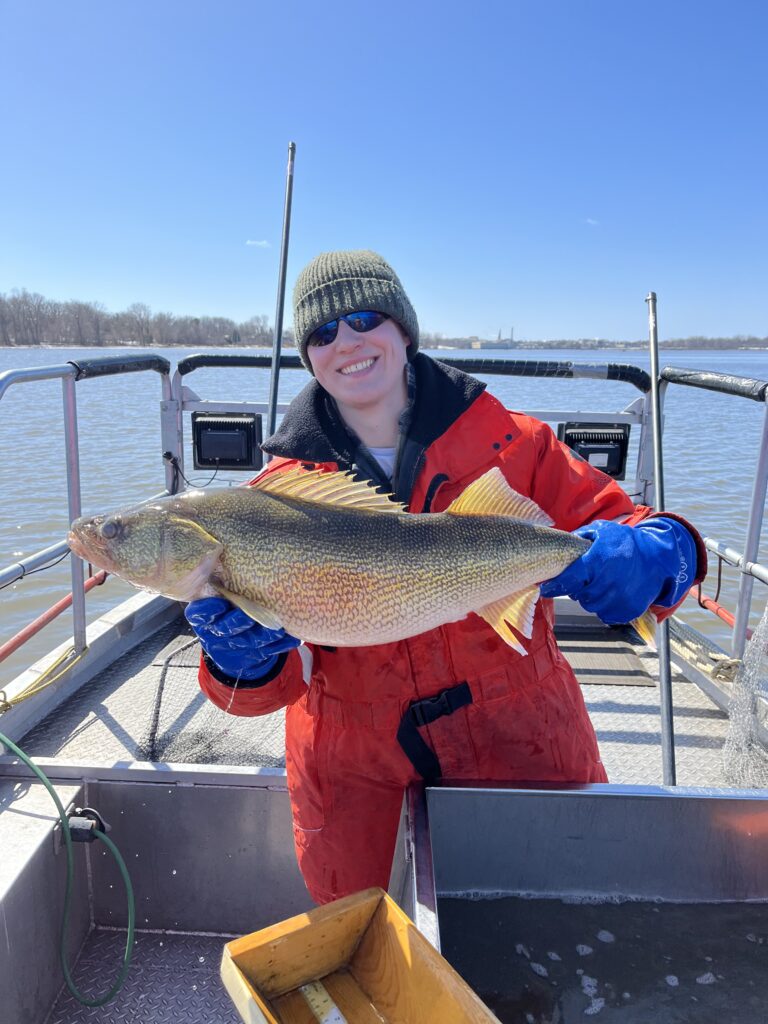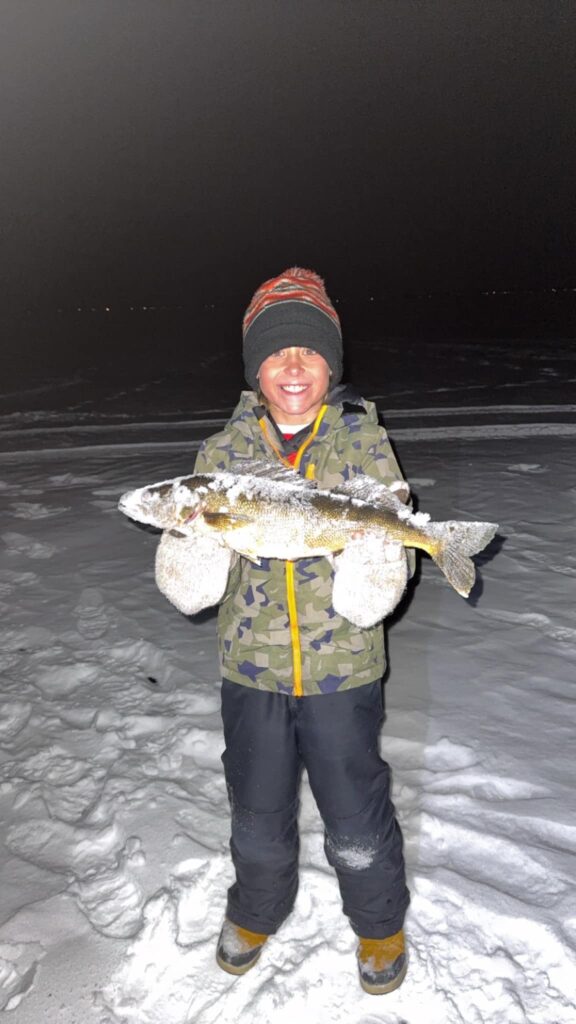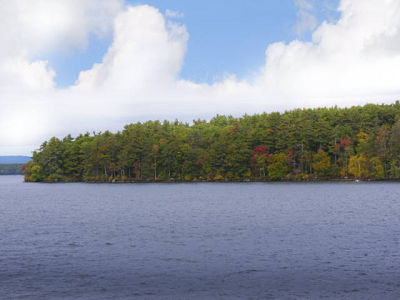

Spring is here (I think) and I wanted to provide an update of the 2025 spring sampling going on in the Peshtigo Work Unit so far.
- Green Bay walleye tagging efforts and the reward tag project are well underway with 2,212 walleyes tagged thus fur. Tagging efforts on the Fox River are complete and efforts have now shifted to the west shore tributaries. The recent cold fronts and rain/snow have led to a slower progression of the walleye spawn on the west shore tributaries with most fish still staging for the spawn. Water levels had started out very low, but have now increased significantly. Crews will continue tagging efforts this week and are anticipating that spawning activity will pick up and progress going into next week. Staff will aim to tag up to 5,000 walleyes this spring, including 400 red reward tags. See the press release link for more info on the reward tag project that is being conducted with funding support by Walleyes for Tomorrow: Green Bay Walleye Reward Tag Study Continues In 2025 | Wisconsin DNR
-Fox River: Total Number Tagged: 1692 (637 males, 1035 females, and 20 immature). 150 reward tags (75 males and 75 females)
-Oconto River: Total Number Tagged: 136 (85 males and 51 females). 25 reward tags (15 males and 10 females)
-Peshtigo River: Total Number Tagged: 67 (60 males and 7 females). No reward tags
-Menominee River: Total Number Tagged: 317 (184 males and 133 females). 50 reward tags (28 males and 22 females)
-Sturgeon Bay: No tagging effort expended yet.
- Green Bay staff completed northern pike netting efforts on Long and Bullhead Lakes in Manitowoc County with help from local volunteers, habitat and operations staff.
- Fisheries monitoring associated with the Lower Green Bay and Fox River Area of Concern grant project is underway. Staff began northern pike fyke netting in the Duck Creek area last week and have continued sampling efforts this week.
- Peshtigo staff are gearing up for fyke netting surveys and plan to set nets tomorrow on Kelly Lake and White Potato Lake.
- Peshtigo and Florence staff are gearing up for fisheries survey work on the Menomonee River associated with the MEF funded comprehensive fisheries analyses project. Staff recently placed remote camera kiosks for the project to conduct creel surveys.
Good luck to all out sampling, be safe, and enjoy being on the water.
Submitted by
Adam Nickel – DNR



